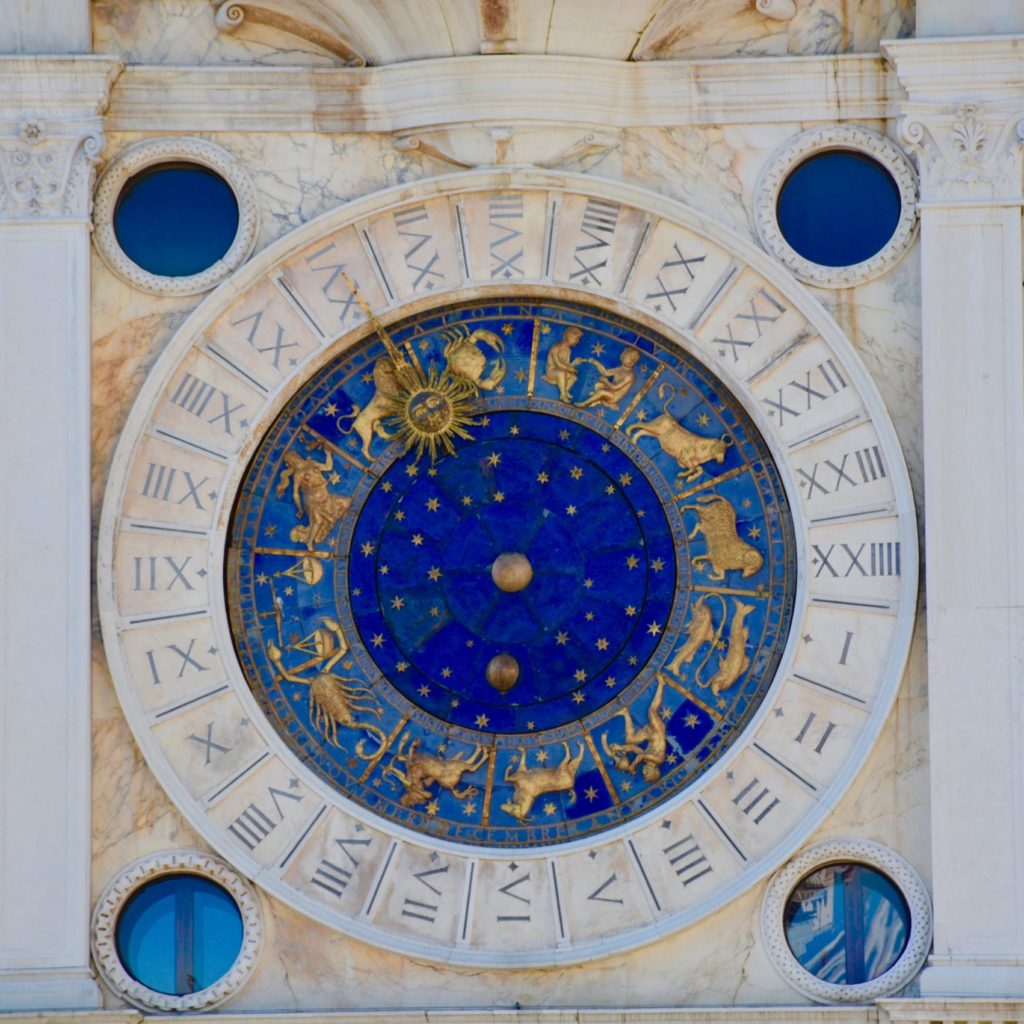Book Review: The Luminaries
You are born and grown up under the sun, the light of the day and the darkness at night. In time, you learn the reasons for the dark and the light.
If you pay attention to the sky, you learn the patterns of stars and the seasons. And if you pay attention to people who pay attention to the sky, you gather that some of them connect the intricate movement of celestial bodies directly human goings-on.
It’s a working backward: First observation, than explanation. First effect, than cause.
“The Luminaries,” a novel by Eleanor Catton, also works backward. The story begins in 1866 and ends in 1865, providing first the effects and then the causes.
Beginning on January 27, 1866, a dark and stormy night, the novel opens with exciting prospects in Hokitika, New Zealand (location: near the end of the earth). A hermit has died, his fortune is disputed, the town’s rich golden boy has vanished, and a local whore has revived from a near-fatal opium dose.
Moreover, a young Scotsman has arrived in town, terrified by secrets aboard ship. Wanting a quiet drink to settle his nerves, he stumbles into a secret gathering of twelve men — each born under a different one of the twelve zodiac signs — assembled in the Crown Hotel to discuss what they know. Reluctant at first to let the newcomer into their secret discussions, they eventually tell their sides of the story through a night that lasts 360 pages.

It’s a dynamite beginning which left me eager for more piracy, passion and personal baggage. But the mysteries that gripped me in that first scene don’t quite pan out. (And I see now that that is a gold rush phrase.) Catton recreates the setting of the New Zealand gold rush, 1865-1866, brilliantly, but the narrative founders under the weight of its virtuosic detail.
I learned a lot through this book. I learned about New Zealand during the 1860s gold rush—about the reasons and personalities that would travel an ocean to take a chance, and the ecosystem built up to support them. The hotels, the banks, the newspaper, the pleasure houses, the gaol.
I learned about the western Zodiac. Wanting to understand the charts that open each of the book’s twelve parts, I memorized the symbols for Aries, Cancer, Virgo, Gemini and so on. It’s a first step for me toward familiarity with a belief system I’ve observed but not yet approached.
And I learned a lot about several delicious l areas of expertise: frontier law, type-setting, and sailing ships. Dressmaking, prospecting, cargo insurance. For those of us writing novels that require knowledge of trades and systems beyond our ken, (I’m looking into glass blowing, marine biology, surfing and wine making for my current work in progress) Catton provides an inspiring example.
Unfortunately, the story, for me, got lost in all those delectable details. I love character-driven fiction, and this novel bounces from one character to another so often, I had trouble caring about any one man’s journey. Moreover, I didn’t see why some of the characters cared about certain people or events. Emotions seemed called up to support plot points, rather than the other way round.
Like a magnificent Victorian wedding cake, the novel’s sheer bulk needs buttressing. Star charts outlining relevant characters’ actions provide one system of support. Italicized chapter summaries (In which Gascoigne raises the issue of Anna’s debt, etc.) another. By the end, the summaries become comically longer than then chapters, self-consciously reminding the reader that she is, after all, reading in a novel that seems to be poking fun at every imaginable Victorian trope: the good-hearted whore, the Romantic young adventurer, the scar-faced villain, the fortune-telling madam, the noble savage and others.
While the tropes poke fun at everyone, they seem to render the non-Western, non-white characters (two Chinese men and an Indigenous Maori man) especially flat.
The women, too. I noticed right away that the riveting assembly of twelve that opens the book includes only men. It’s realistic, but I was disappointed that the only female characters — a scheming fortune teller, an abused wife, and an utterly passive prostitute — do not transcend their stereotypes.
One more prop clued me in, from outside the text. The New York Times Book Review blurb on the front cover suggests “The Luminaries” is a “lively parody of a nineteenth-century novel.”
Parody or no, the fine details of the intricate plot had melted in my mind by the time I reached the end, even propped up by helpful chapter summaries and intriguing charts of heavenly bodies.
I enjoyed the journey that was reading “The Luminaries,” but I’m puzzled about the destination. Puzzled, and curious.
Perhaps star charts are, after all, an effective way to impose narrative order on a chaotic, destructive frontier setting. And perhaps that’s just right for an epic novel about people newly arrived at the southeastern most edge of the earth. They’ve come so far both in distance and in experience, only the stars can take them farther.
P.S.: As I choose art to go with this review, I’m cringing at my lack of knowledge about astrology that seems to rule the destinies of the characters in this book. Someone more familiar with astrology might have even more fun seeing how this novel pulls it all together.
